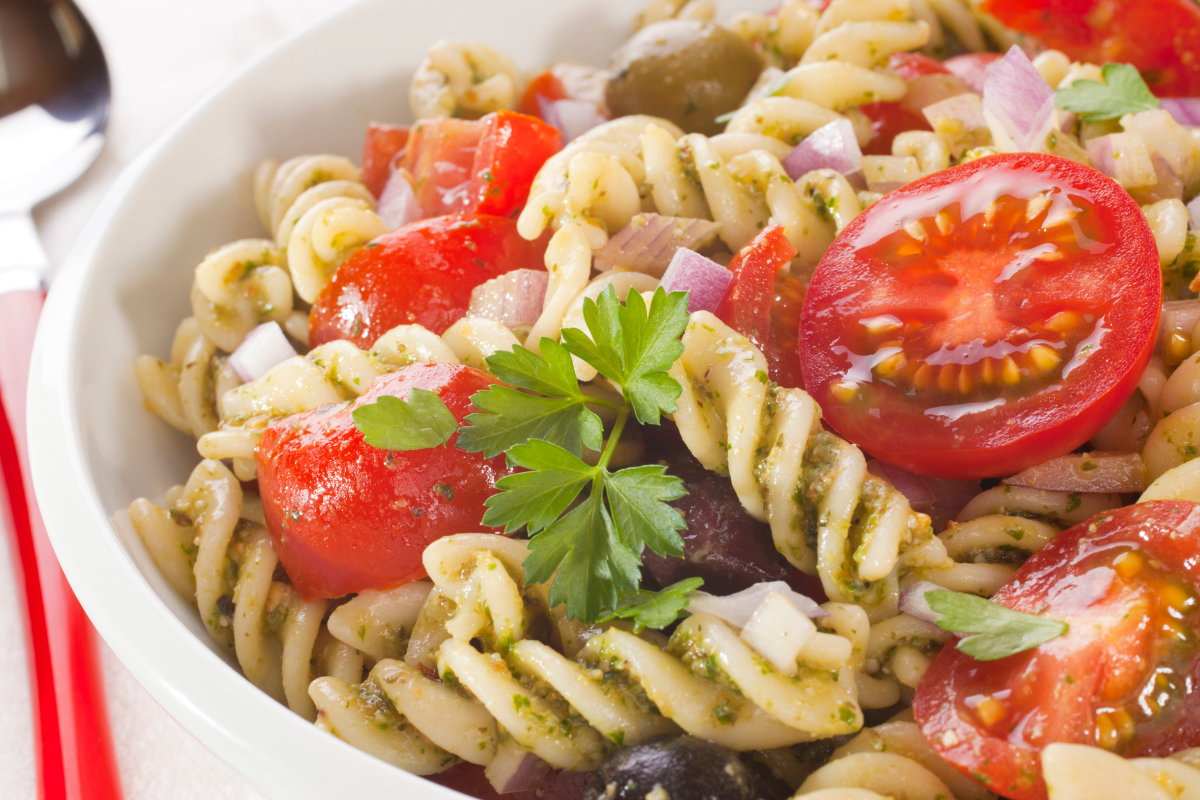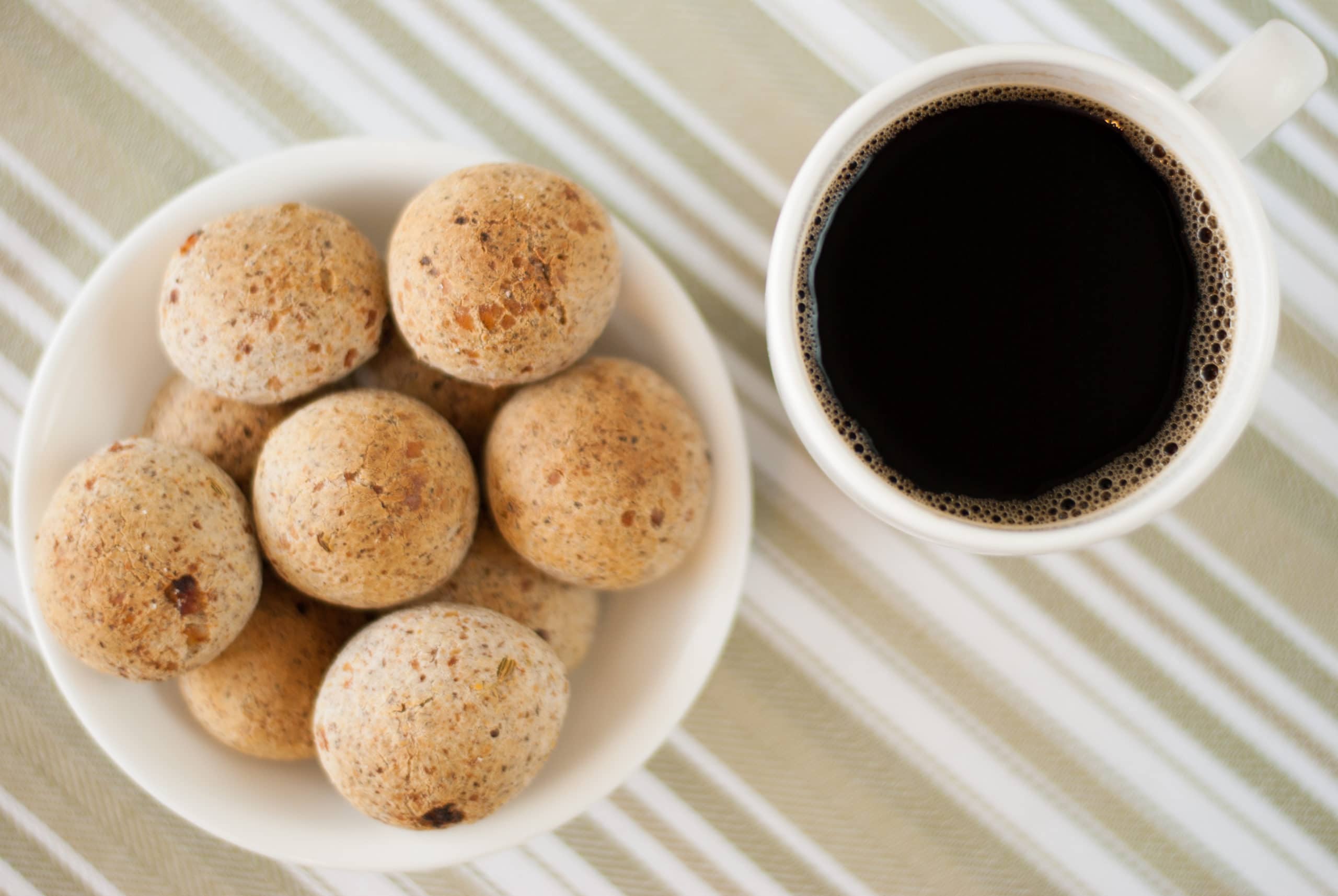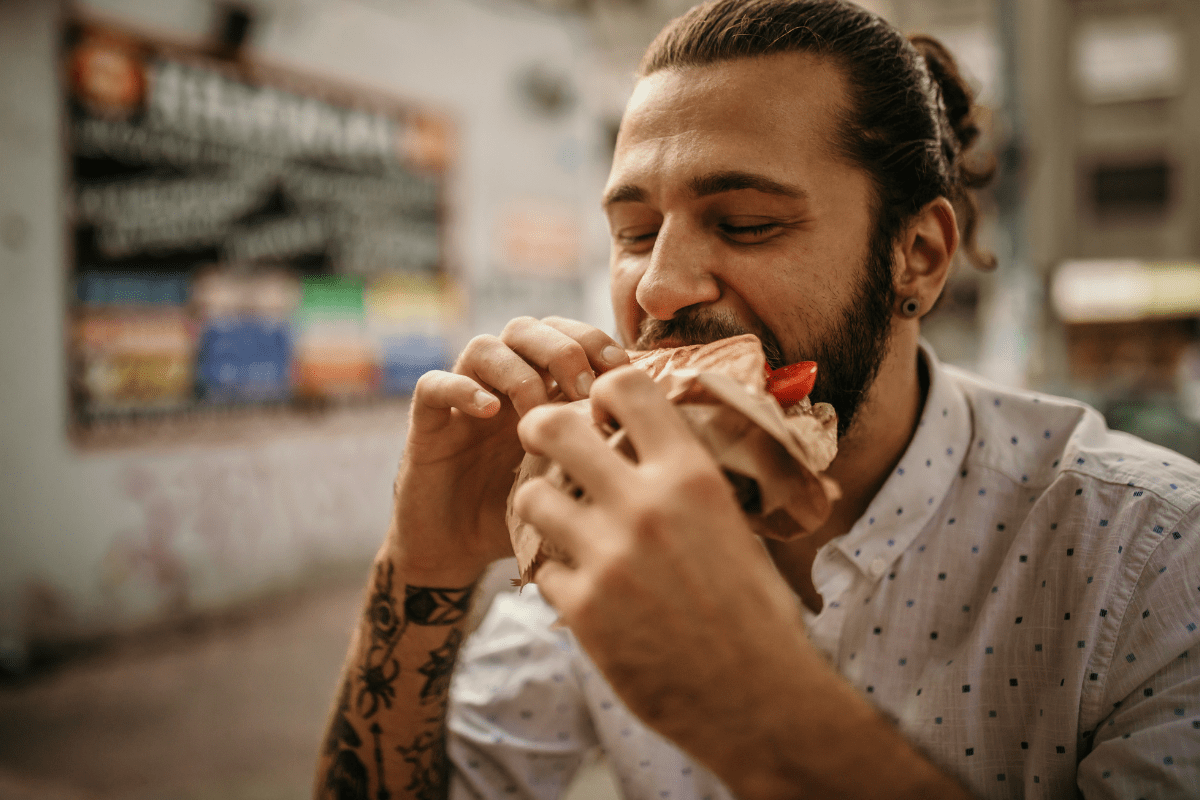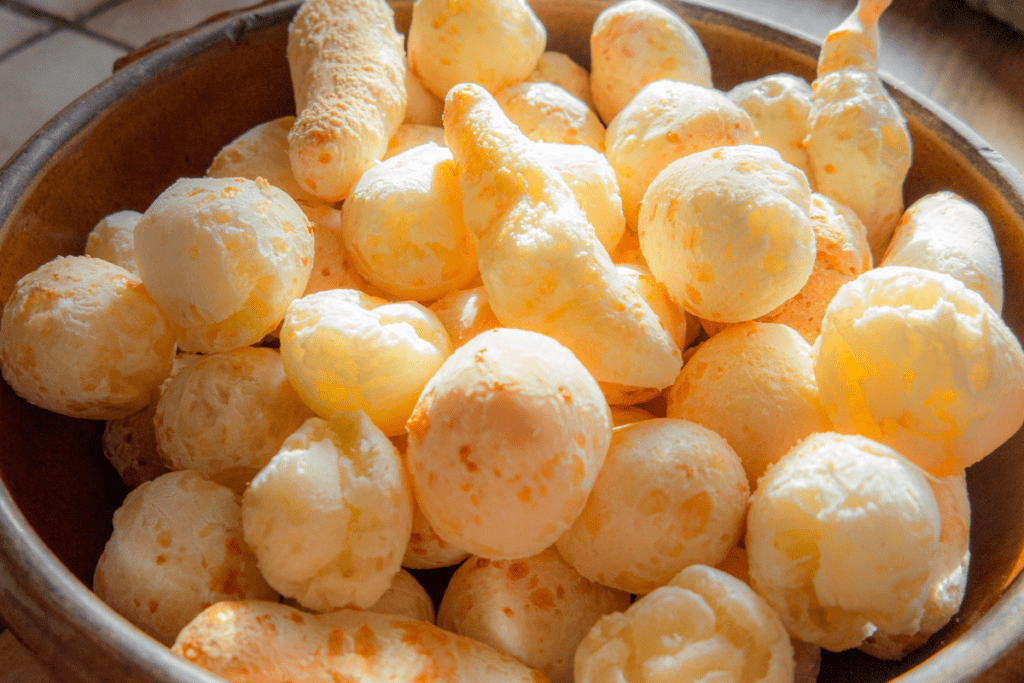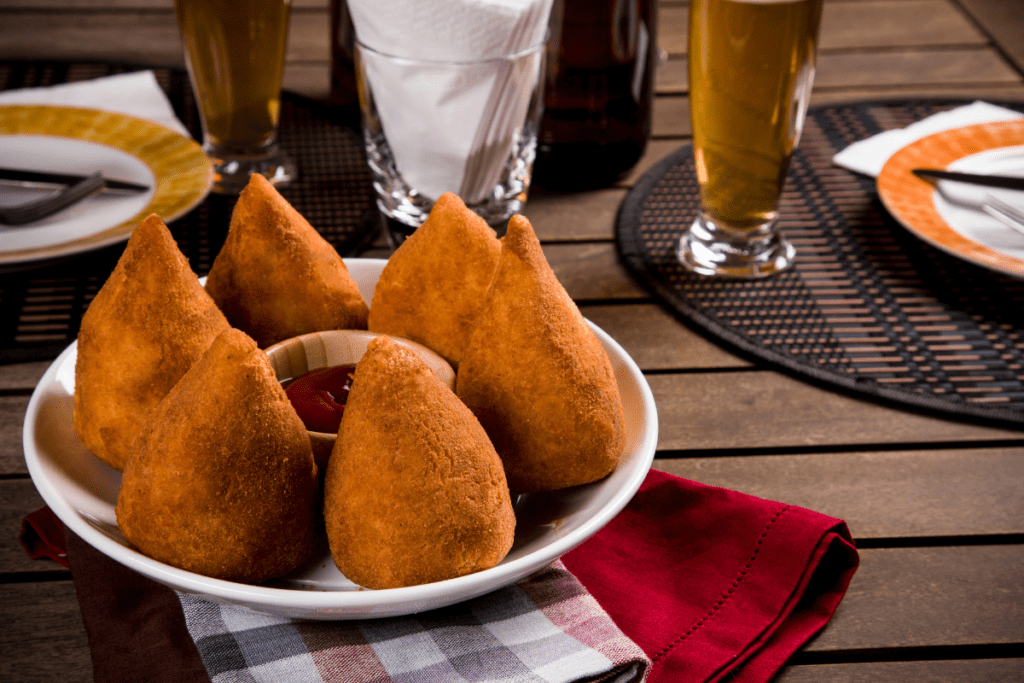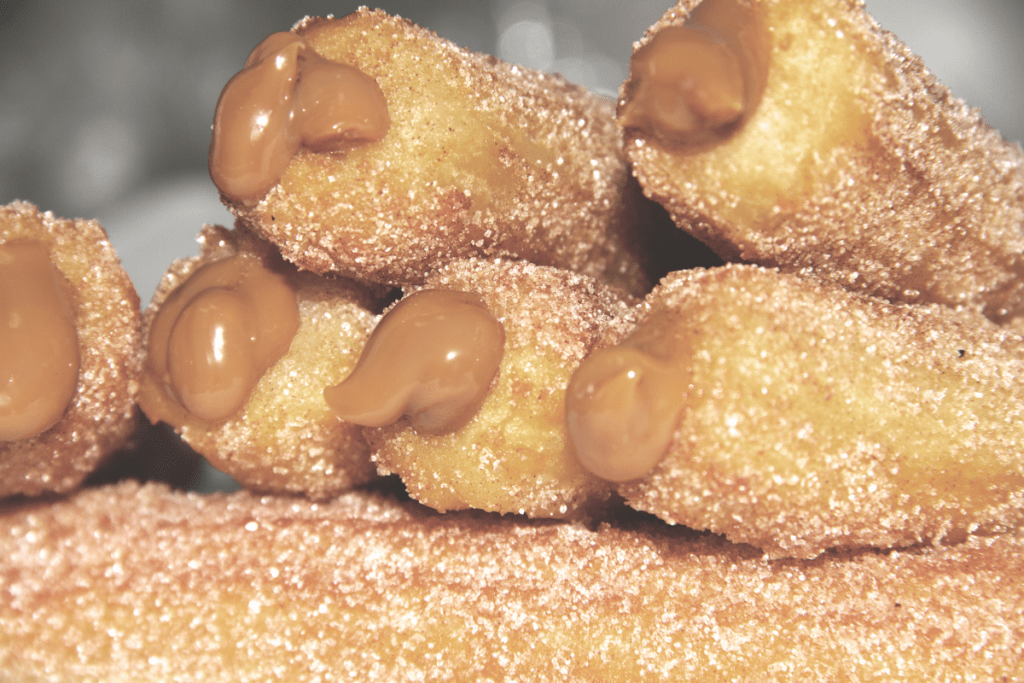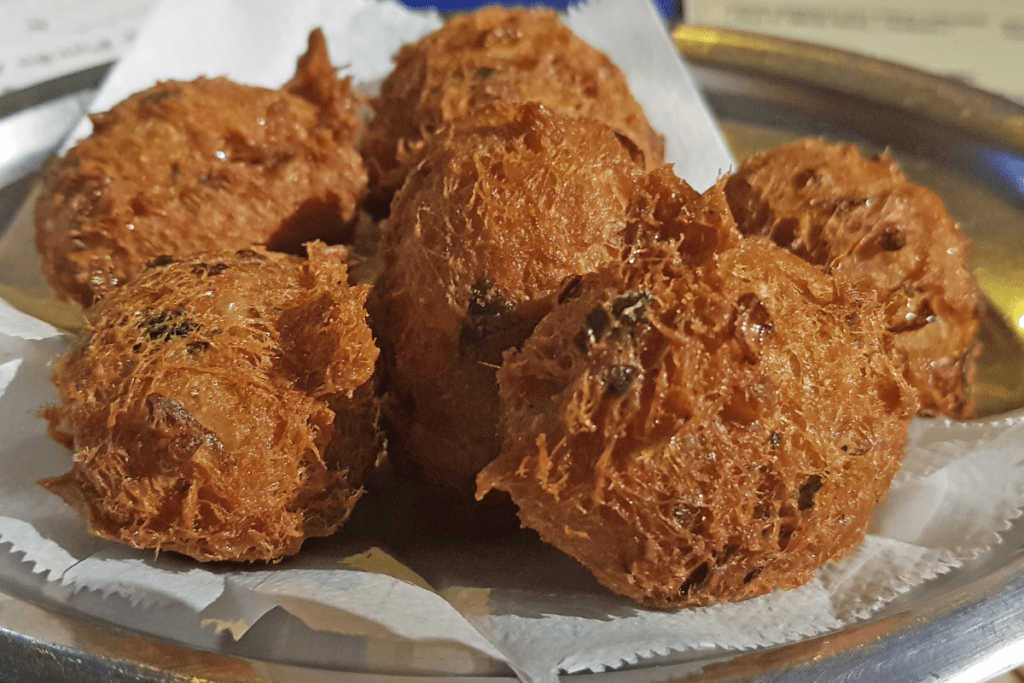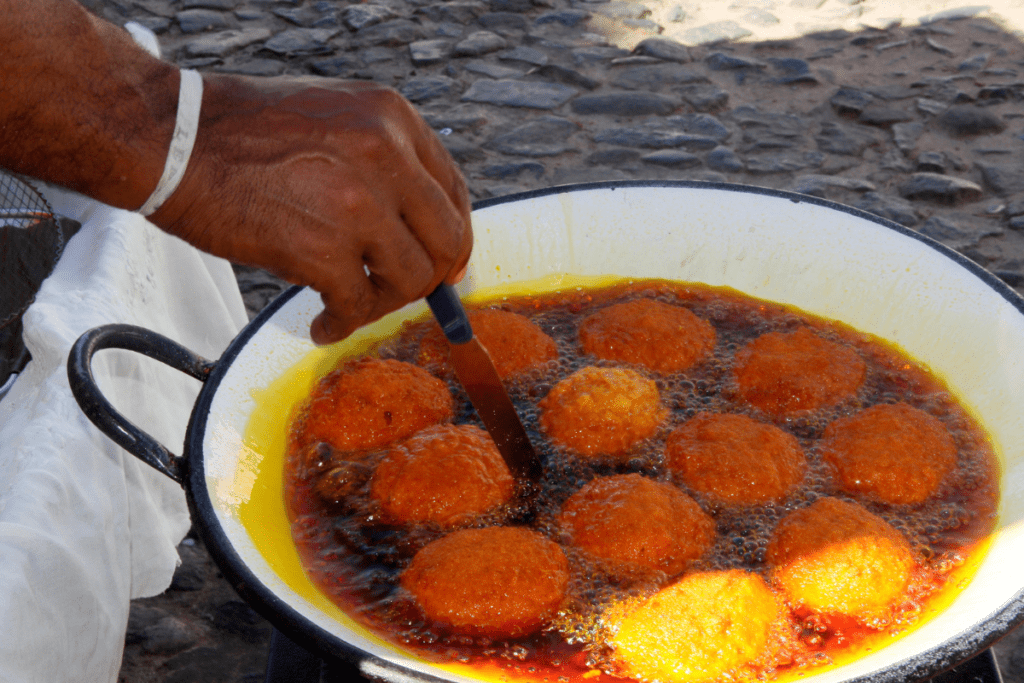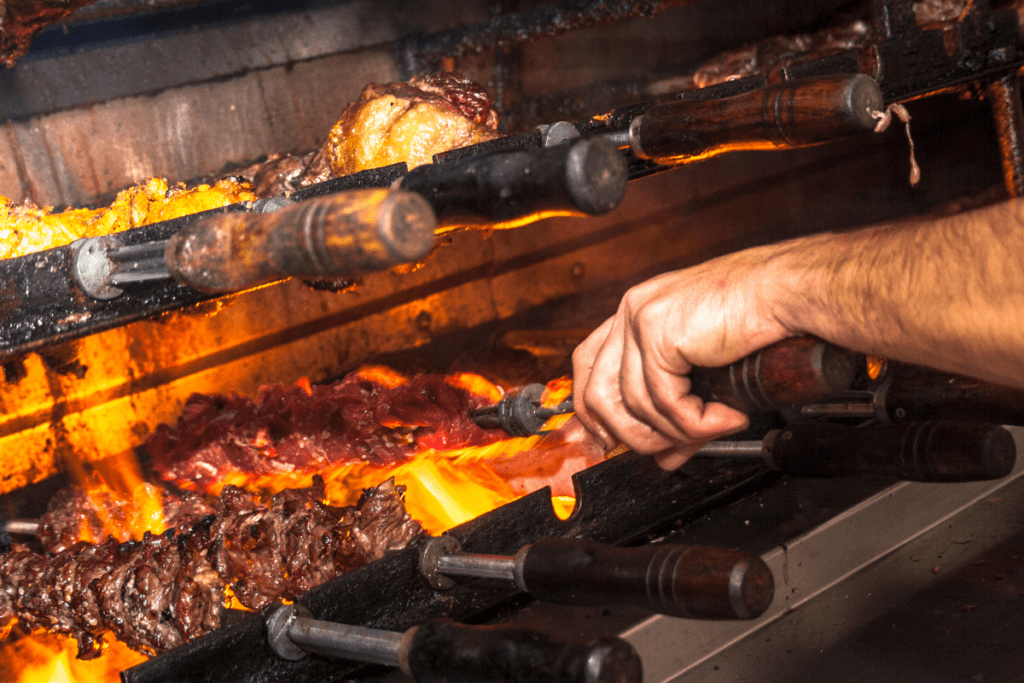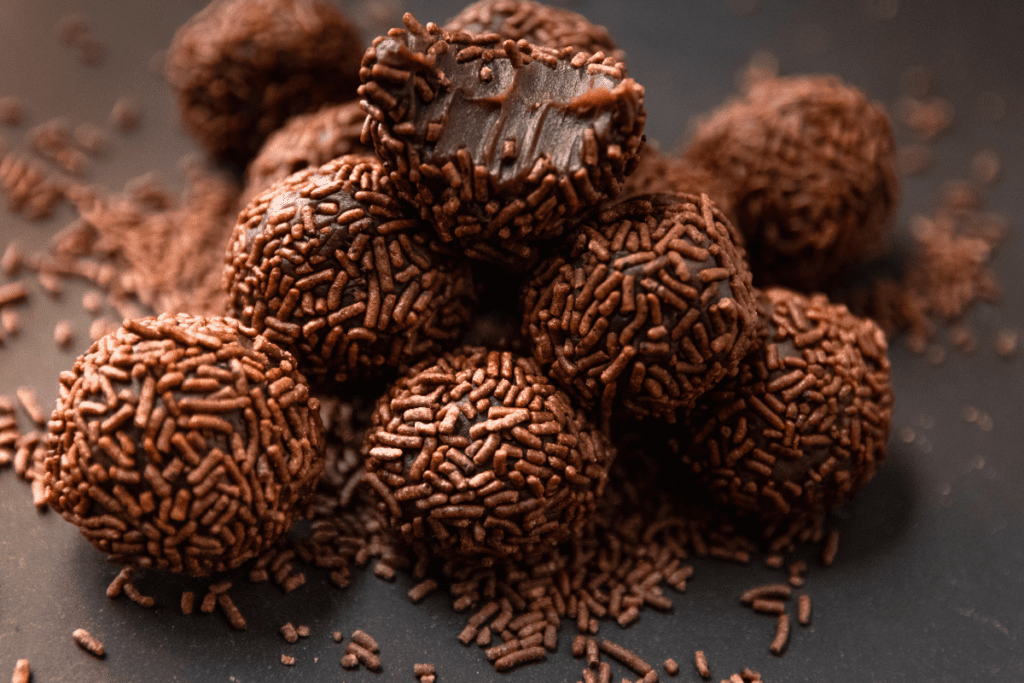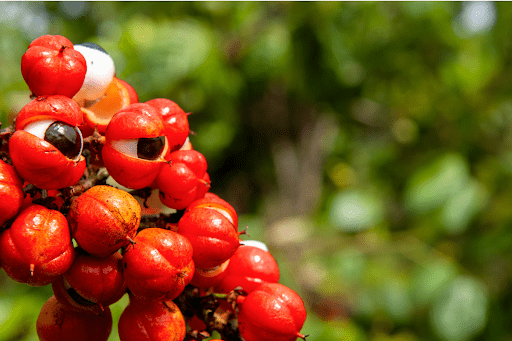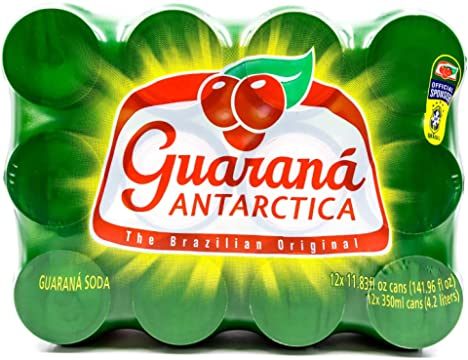
Carnival in Rio de Janeiro is the largest in the world. Each day, 2 million people or more pack the streets to watch the parades, which feature food, music, dancing, and massive street celebrations.
One of the biggest attractions of the Rio Carnival are the Samba parades. There are over 70 schools in the city dedicated to Samba, and all take part in the Carnival parades to compete for the title of Grand Champion.
The Grupo Especial Competition
The parades occur on all nights of Carnival and in all areas of the city; but the official events take place on Sunday and Monday at the Sambrodomo, a four-level venue constructed especially for the Samba parades. Here, over 80,000 spectators can cheer for the schools competing in the Grupo Especial, or Special Group.
Costumes play an enormous role in the competition. Each school chooses its own theme and designs costumes and choreography to match. The need for movement and to stay cool in Rio’s sweltering heat have seen costumes generally evolve to be lighter and more skin-baring, with most schools selecting a bikini-style foundation for their attire. Individual details, like sequins, feathers, crystals, and jewelry are entirely up to the schools.
The Rio Carnival Floats
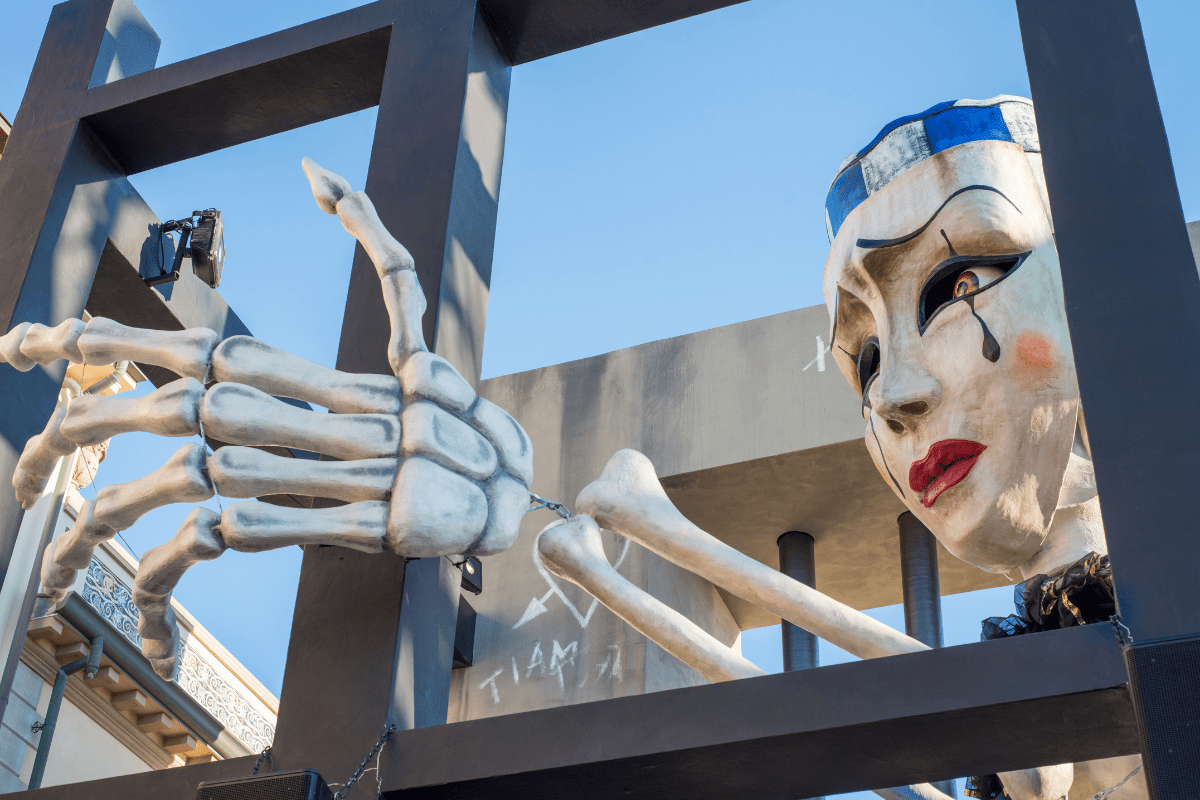
Schools are also expected to design a parade float, which is equally elaborate and supports the chosen theme.
Accordingly, there are two wings to the Samba parades. The Ground Wing features dancers and musicians that surround the float, and the audience is invited to participate at this level. In order to participate in the parade, you must choose a school to support and purchase a corresponding costume.
The Float Wing is the area on top of the float where the most talented dancers can be seen tossing flowers at the crowd, waving, and grinning-all while never missing a step of their incredible choreography.
The dancers of the Float Wing are also adorned in the most intricate costumes. It is estimated that a single float costume can cost as much as $1,000 or more. Each is hand made, incorporating the finest embroidery, beading, and other details.
Carnival as a Political Platform
The samba schools are intimately connected to the favelas, or slums, of Rio. The first schools began in these neighborhoods in the 1920s, and they continue to represent a majority of the competitors.
Carnival is a unique opportunity to cross arbitrary social boundaries and highlight socio-economic issues. Rio’s most impoverished citizens are the stars of the show, and they use this spotlight to reiterate the ongoing plight of the city’s underserved populations.
This sentiment can be seen in past themes, which have not been shy in underscoring systemic flaws. In 2018, for example, the Beija Flor school won with their theme that explored Brazil’s “monstrous” side, shedding light on social and political inequalities within the nation.
In 2019, one of Rio’s oldest schools, the Estaceo Primera de Mangueira offered their theme of “History for Lulling Adults,” which sought to pay tribute to “negros, indos, pobres” and other historically underrepresented groups of Brazil.
Rio Carnival 2022 Dates
Rio Carnival festivities for 2022 have been postponed to Wednesday, April 20, through Saturday, April 30. This is to prevent transmission of the COVID-19 omicron variant, which has seen spikes recently in South America.

